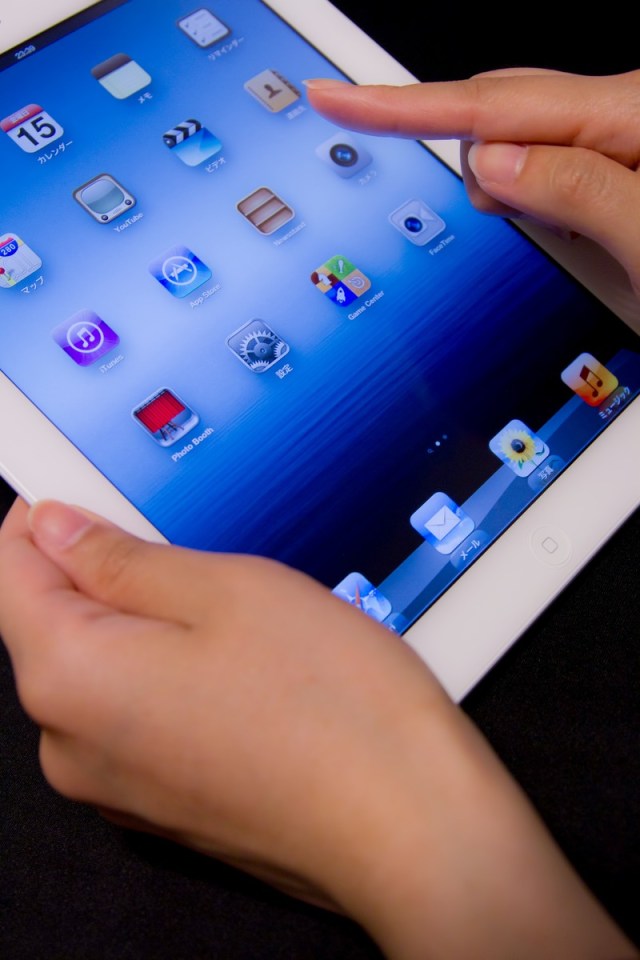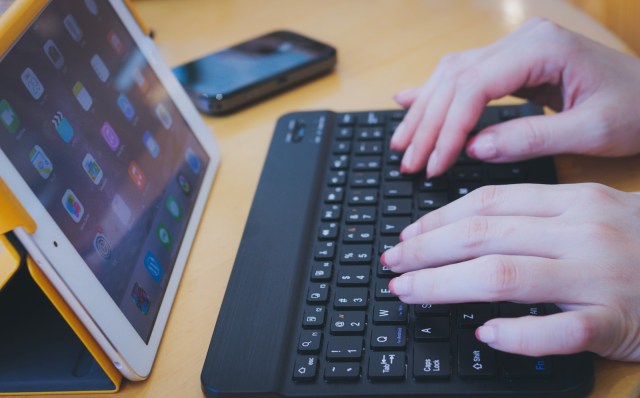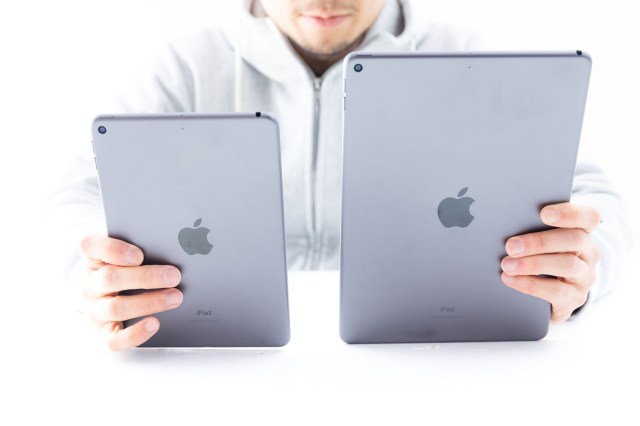
Kyoto’s mandate seems to be one of the most burdensome on families in light of national directives for equipping students with electronic devices.
Beginning with the 2022 academic year, the Kyoto Prefectural Board of Education will require students entering public prefecturally administered high schools to purchase electronic tablets, expected to cost somewhere in the range of 60,000-70,000 yen (US$550-640), and pay for them out of pocket. Because high school is not part of compulsory education in Japan, even at public schools tuition is charged, and families have begun to voice their frustration at the added financial burden.
“We feel nothing but anger. Who has the money for this after the economic impact of the coronavirus?” noted one parent in the reader’s column of Kyoto Shimbun. “My husband’s monthly salary is around 300,000 yen and my part-time job brings in another 50,000 yen,” another parent detailed. “We have two children and are paying for cram school as well. This added burden is causing deep stress. Just entering high school is already said to cost 200,000-300,000 yen for uniforms, textbooks, bags, and commuter passes alone. Why can’t they use tablets that we already own, or select ones that cost no more than 20,000 yen?”
▼ Other concerns voiced at an ad hoc committee meeting in March included ambiguity about families without Wi-Fi at home and unease that the policy would further highlight economic disparities among students.

In fact, there is currently a national directive in the works for every prefectural high school student to be equipped with an electronic device. Unlike with elementary and junior high school students, there is no national budgetary provision for such devices for high school students. Therefore, it is up to each local government as to whether to use public funds for the acquisition of devices or whether the bill is to be footed by families. According to a survey distributed by MEXT in January and February, 12 prefectures have so far indicated plans to pay for devices using public funds while 15 will require families to pay at their own expense.
In the 2021 academic year, five prefectural high schools in Kyoto have already implemented the tablet requirement as part of the first wave of schools. The following is the specific breakdown of expenses that was distributed to all matriculating students at these five schools:
1. 10.2-inch iPad (8th Generation) Wi-Fi 32GB: 34,760 yen
2. Keyboard and case: 9,790 yen
3. Applications and installation fees: 8,470 yen
4. Extended warranty (1 year): 4,400 yen
5. Tablet maintenance (1 year): 1,980 yen
6. Stylus pen: 8,690 yen
With strict instructions for families to purchase an 8th-generation iPad specifically, that brings the total financial burden per matriculating student to 68,090 yen.
▼ Also for consideration: the combined cost of the supplementary fees is almost as much as the cost of the tablet itself.

In contrast, the Hiroshima Prefectural Board of Education also enacted the requirement for all prefectural high schools this academic year with clear provisions for payment-free options for low-income households and have budgeted financial support for applications from 2,700 families. Similarly, the Tokyo Metropolitan Government Board of Education will begin requiring tablets for prefectural high school students in the 2022 academic year at families’ expense. However, in their case, the Board will present a variety of device models and leave the specific choice of model up to each school.
▼ “Which one should we make our students buy?”

So far the Kyoto Prefectural Board of Education has responded to widespread concerns by stating that they are currently developing their own system for low-income households to rent tablets or pay for them using interest-free loans. Their justifications for requiring students to provide their own tablets is that there are now more opportunities for high school students to study at home using tablets than ever before, they can accumulate their study notes on a single device over three years and continue to access them after graduation, and free applications can replace separate purchases (e.g., using free downloadable language software rather than purchasing a separate electronic dictionary). In addition, they have already observed hurdles for those students using tablets that they already own–including screen size issues, connectivity issues to Wi-Fi at school (forcing them to pay for additional Internet fees), and having issues installing applications on their own.
Hopefully the prefecture can reach equitable solutions to these potential problems in the near future, without taking too much of a one-size-fits-all approach.
Source: Kyoto Shimbun via Yahoo! Japan News via Hachima Kiko
Top image: Pakutaso
Insert images: Pakutaso (1, 2, 3)
● Want to hear about SoraNews24’s latest articles as soon as they’re published? Follow us on Facebook and Twitter!

No hay comentarios:
Publicar un comentario